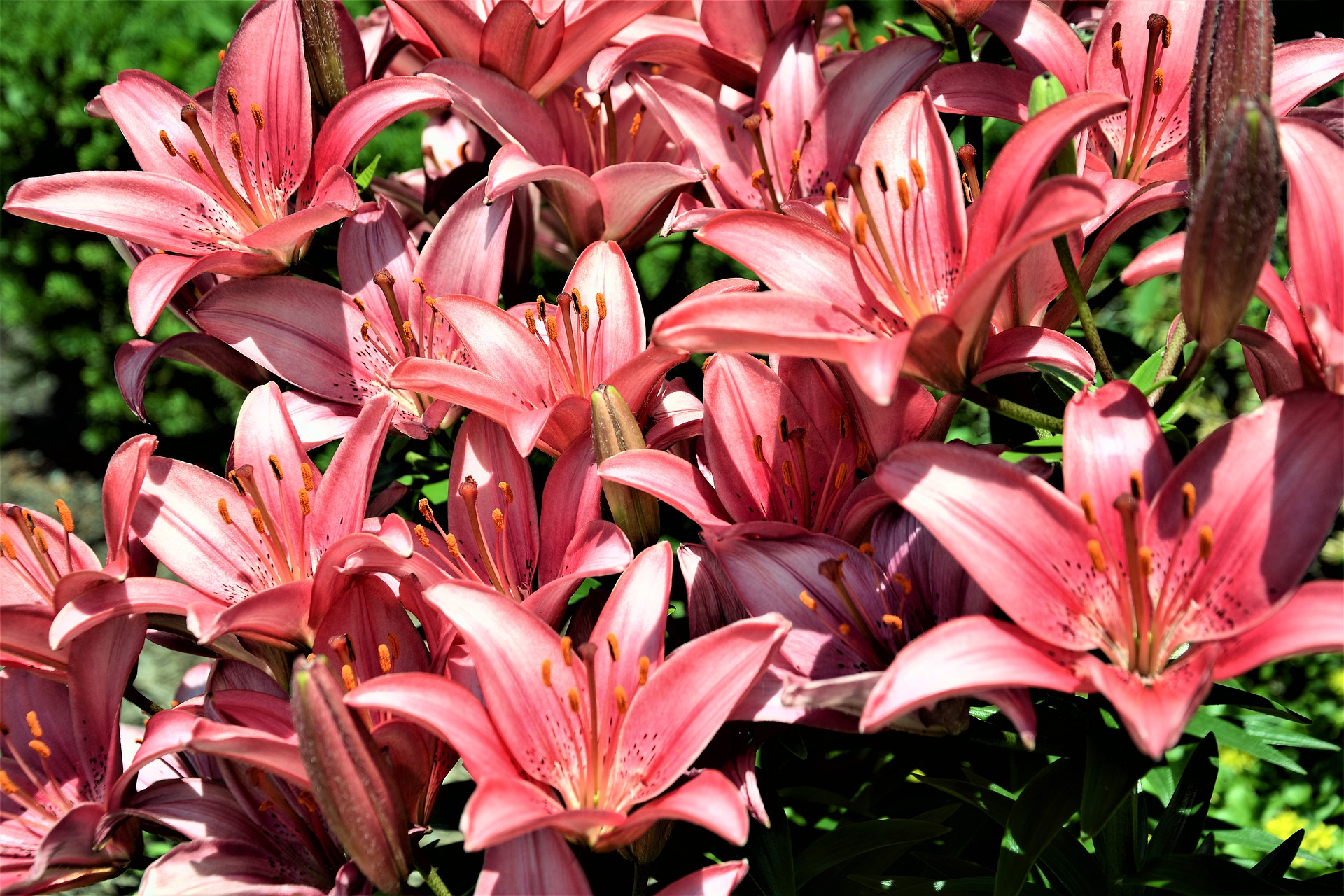It wasn’t until the early 1900s when Gregor Mendel, a Botanist, Augustinian friar, and abbot, found the breakthrough with his genetic studies of peas, that cross-breeding or hybridization really took off. The practice has since evolved and taken effect across countless farms and employed by farmers throughout the world. Its ultimate goal is achieving optimal farming results in the form of quality as well as quantity oriented yield. We take a look at some plants that are successful consequences of hybridization.
1. Olympia
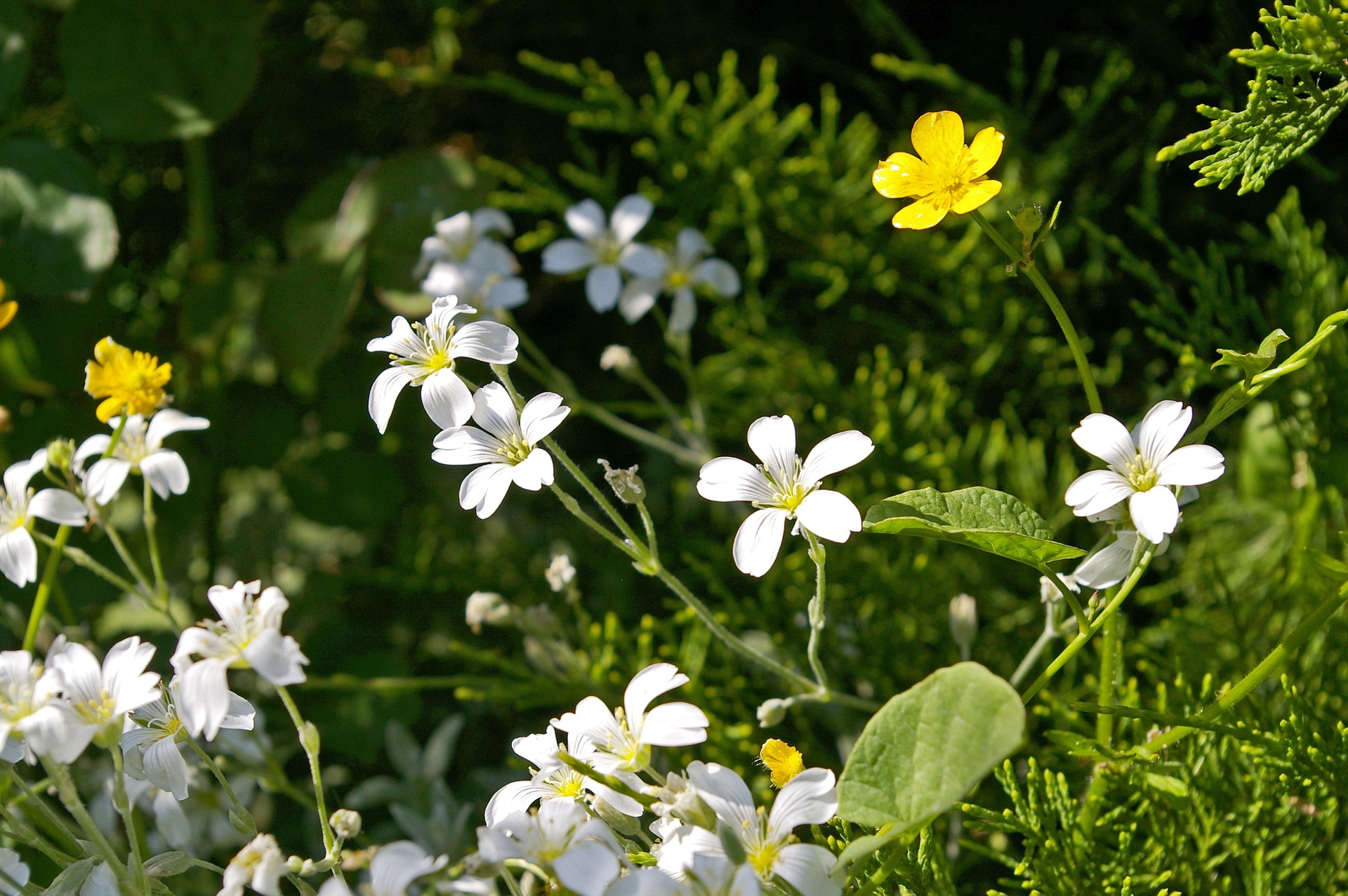
Inspired by the superior growth of spinach, this plant was developed as a spinach hybrid and has not disappointed in its attributes. The seeds placed in optimal 40 degrees Fahrenheit soil, will take an average of just 48 days to sprout into fully matured and ready to harvest Olympia plants. It is a remarkably resistant and tolerant plant as it can be brave through high summer temperatures and will thrive in the spring, fall, and overwintering. The hybrid spinach is highlighted by its upright germination and dark green leaves.
2. Early Sunglow

If you are a sweet corn lover, then this type of corn will have a fulfilling effect on your taste buds. This probably has everything to do with the fact that it is a sweet corn hybrid and is considered to be among the best variety of sweet corn you could want in your home garden. The early sunglow takes 63 days to be optimally ready for consumption by checking all the boxes from tenderness to savory flavor and sweetness. It is recommended that the seeds are planted in late spring when there is minimal risk for frost and potentially damaging cold weather. After the germination of the seeds, which typically happens within 10 days, it is further recommended that the soil be kept optimally moist for the best results.
3. Pomato
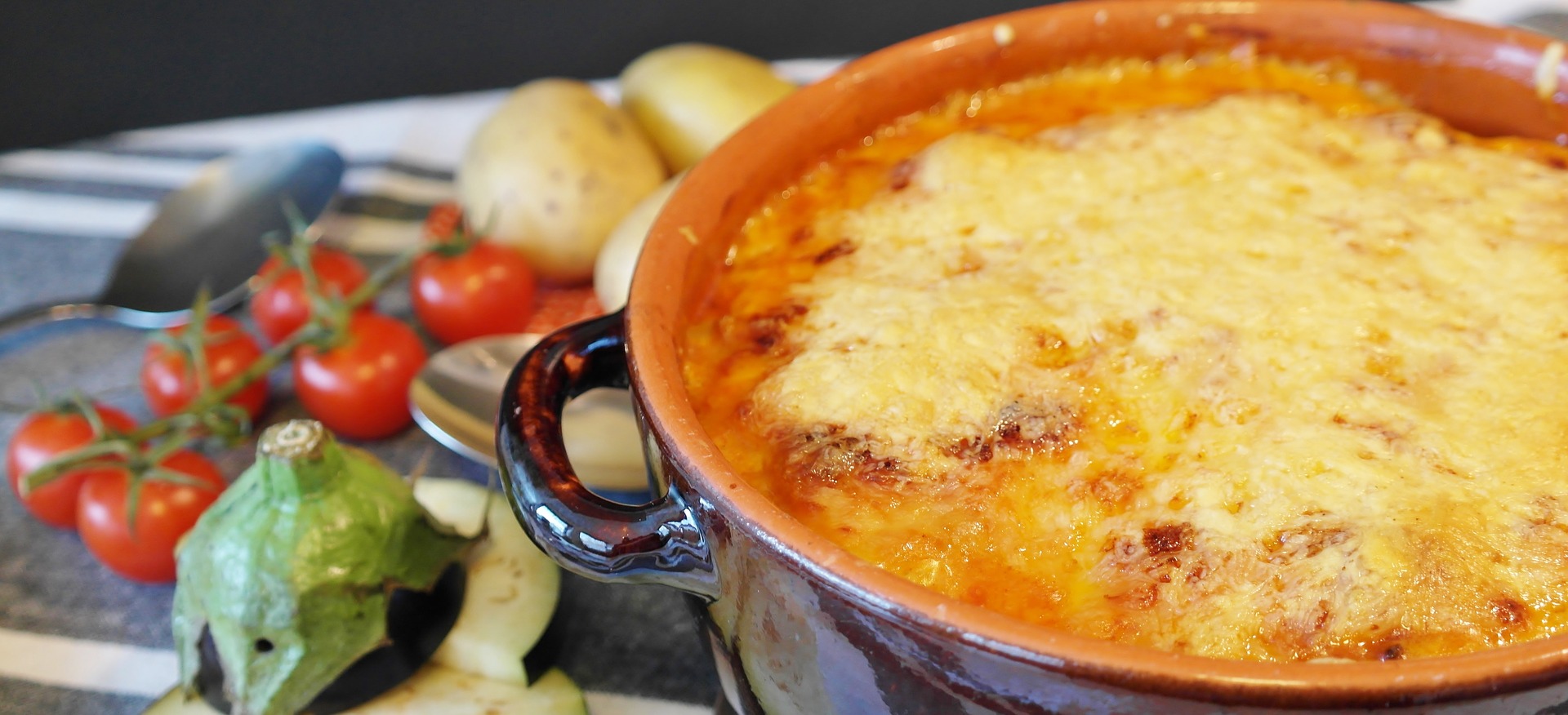
Probably a consequential product of attempts by scientists and farmers across the world to try and counteract the dire effects of food shortages and food insecurity, the Pomato is a versatile plant that came to be as a result of a hybridization process between a hybrid variety of potato and tomato. While the name cleverly yet not so subtly reflects this impressive hybridization success, it is the fact that the plant yields both tomato-like fruits on the surface and potatoes underground, which makes this hybrid plant quite remarkable. The tomato-like fruits can be consumed either raw or cooked.
4. Blood Lime
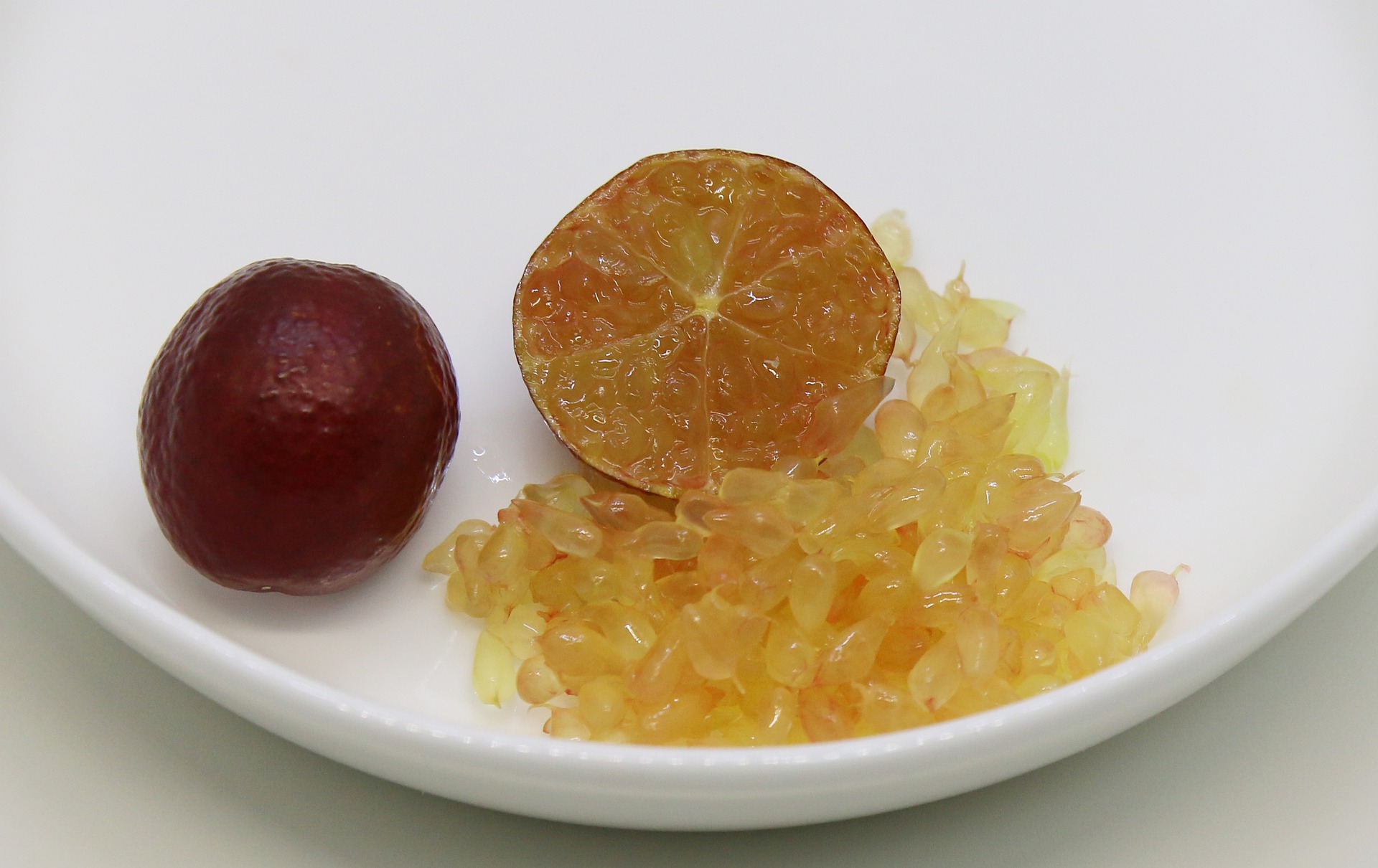
While the blood lime doesn’t actually contain any blood, it is quite the remarkably looking and tasting fruit. It is a successful result of a combination between a hybrid Ellendale and the hybrid red finger lime. The blood lime makes up for its diminutive stature compared to your ordinary lime, with an incomparable sweet and sumptuous taste. It is typically harvested during the cold winter as opposed to the standard lime, which is commonly harvested during the summer or springtime. The blood lime is so sweet that even its skin can entirely be consumed immediately after peeling.
5. Stargazer Lilies

This is one of those plants that complete your home’s beautiful landscape and colorfully define any location they grow in. Optimally grown in the summer and subsequently blooming in the late summer, the stargazer lilies offer up to 8 inches each of profoundly colorful and fragrant flowers that grow in USDA hardiness zones of 4-8. Its bulbs uniquely characterize it in the fall or spring, when they measure three times the depth of their length and require frequent watering as deadhead spent flowers cut off to redirect more energy to the bulbs for the expected growth period.
6. Better Boy Tomatoes

Tomatoes are fragile plants and are extremely prone as well as vulnerable to diseases. In an attempt to develop a hybrid version of tomatoes that can be more tolerant and productivity reliable, the Better boy tomatoes were developed. They didn’t take long to earn their praise. They are capable of resisting verticillium wilt, nematodes, and fusarium wilt, among other problems that could potentially translate to detrimental issues. It optimally takes an average of 75 days for the better boy tomatoes to achieve maturity after being successfully transplanted into the ground.
7. Citrus Junos
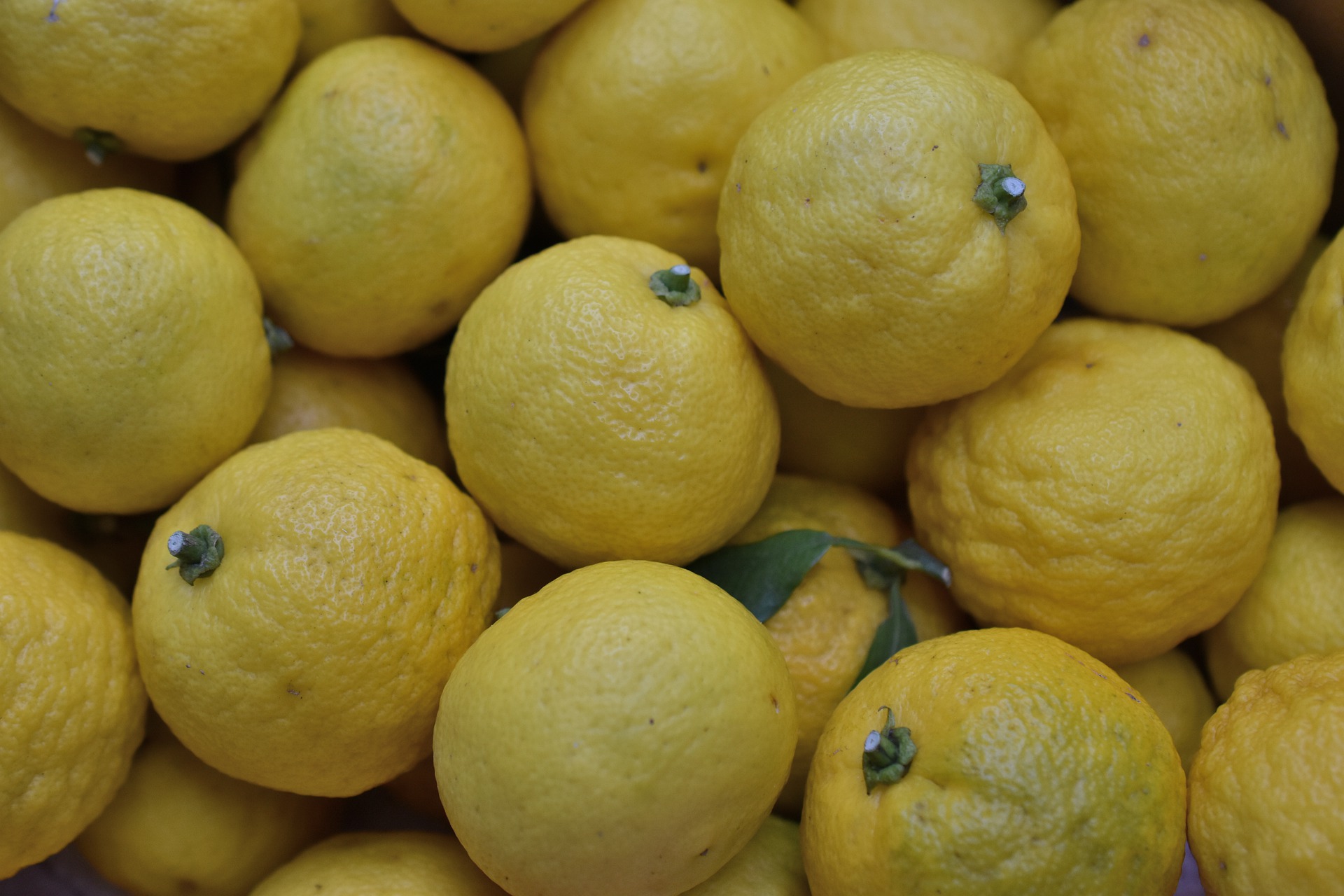
Also referred to as the Yuzu, the citrus Junos is a citrus hybrid plant widely popular in East Asia, including in Japan and Korea. Its primary characteristic is that it has a pretty remarkable tolerance for harsh weather conditions and can quite optimally survive harsh winter temperatures of up to -9 degrees Celsius. It is also attributed to the impressive heavy and aromatic aroma and the inconsistently uneven yellow skin surface. You would have to go up an upright thorn-riddled tree to get to the citrus fruits that are considered close relatives of the Japanese sudachi citrus fruit.
8. Jostaberry
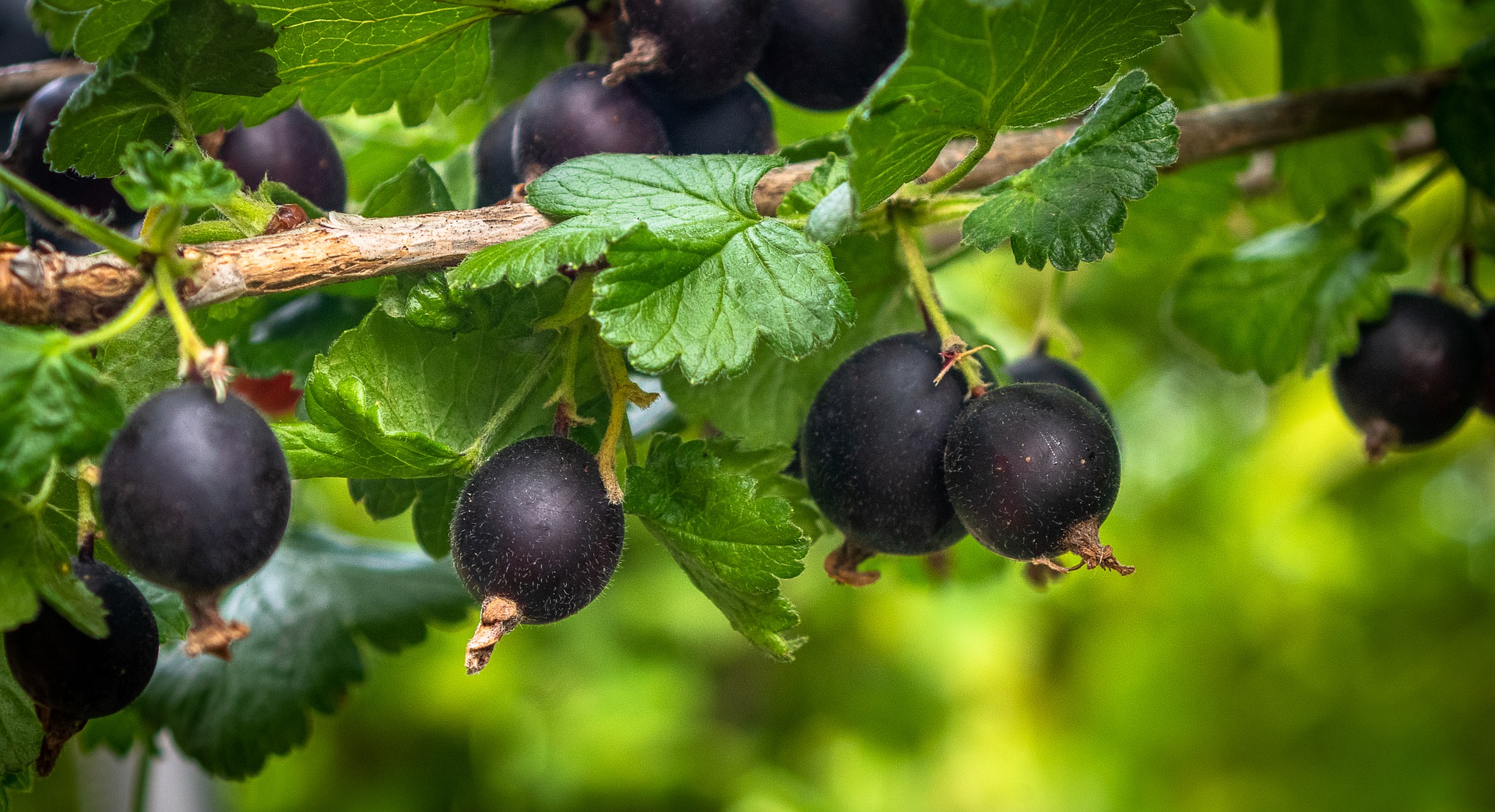
Bringing together two separate plant species is no simple task. Therefore, it is quite remarkable that this hybrid berry fruit yielding plant was a successful consequence of three distinct species of plants. The North American coastal dark gooseberry, the European gooseberry, and the blackcurrant were combined to come up with the Jostaberry. This versatile and sophisticated combination gives this fruit an equally versatile and diverse taste as well as texture. It is maximally resistant to damage, or disease-causing agents like the American gooseberry mildew and a Jostaberry wild tree has been found to be capable of growing up to 2 meters.
9. Argemone Mexicana
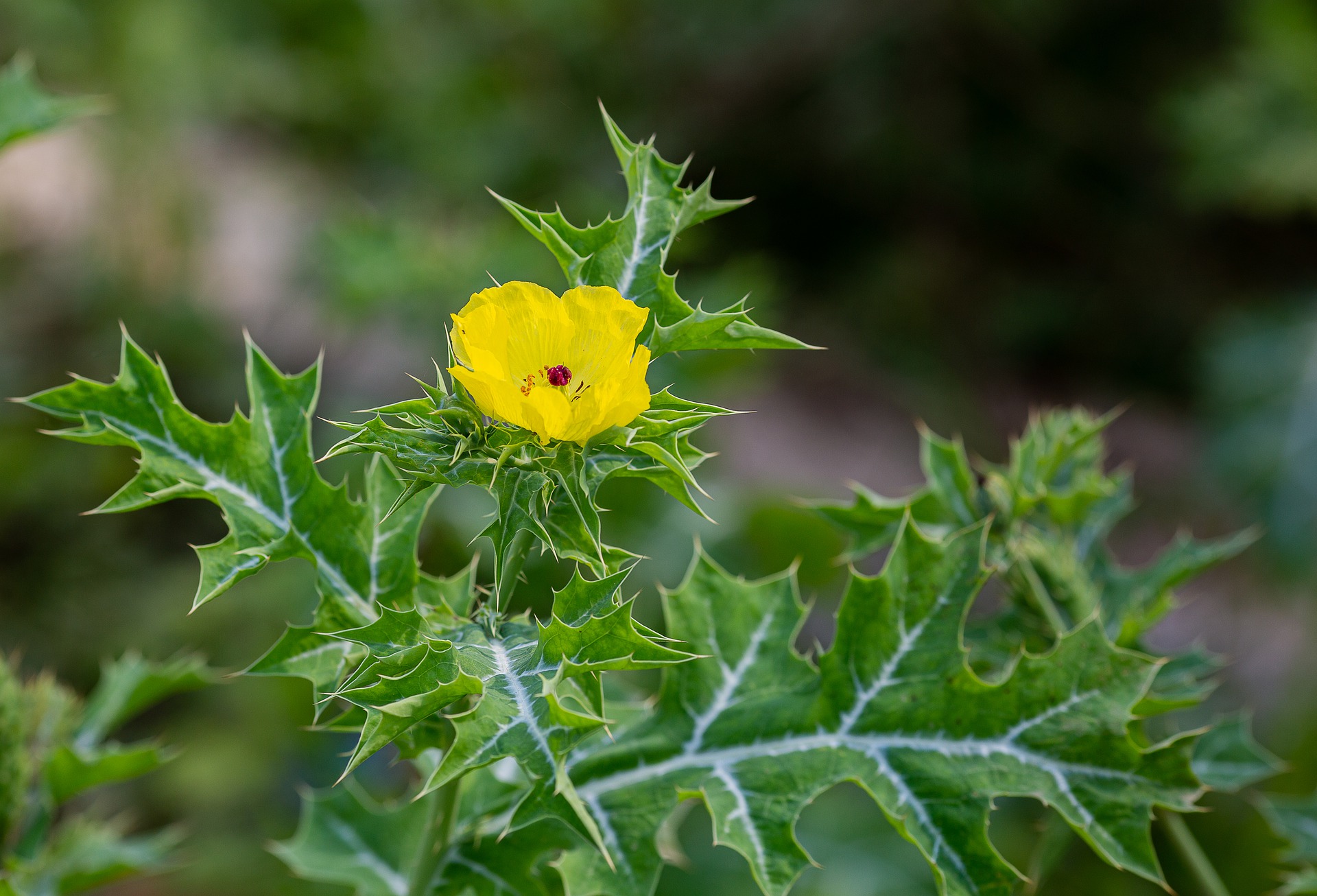
There are a few plant hybrids that were developed for purposes beyond sumptuous consumption or their beautifying characteristics. The Argemone Mexicana is one of those hybrid plants that aren’t mainly made for actual consumption but have been found to be pretty beneficial by some native Western Americans and a few Mexicans to be medicinally valuable even though it is considered to be poisonous. This is because its seeds contain somewhere between 22-36% pale yellow non-edible oil referred to as Argemone oil or katkar oil. Other components of this plant would be the protopine and the berberine, both being pale yellow latex based.




























